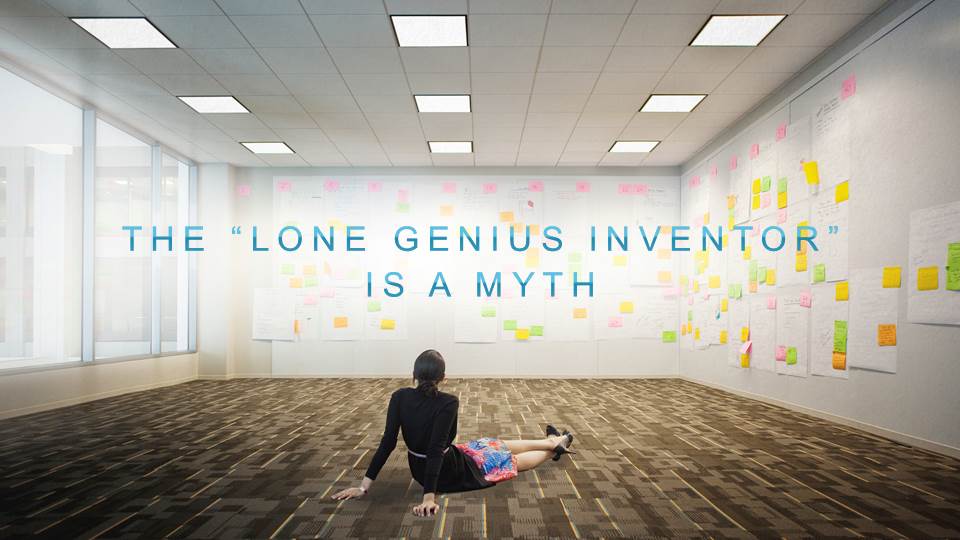































A few years ago I sat down with technology leaders at a major oil and gas company to talk about a solution they wanted Cisco to develop, and they had some unique and interesting requirements:
Co-innovation is not a new concept - it is as old as innovation itself. I'm sure the invention of the wheel must have been a collaborative effort among early nomadic people struggling with how to move things from one place to another as they followed the hunt. If you fast-forward to the big inventions and innovations of the past few decades-the personal computer, Internet, smartphone, 3-D printer, genome sequencing and many others-how do you imagine these innovations occurred? What was the creative process that led to these breakthroughs? Do you imagine a reclusive genius inventor sitting alone in a dimly lit garage or a basement late at night having an "eureka" moment? It surely is an appealing vision-but unfortunately the concept of the lone genius inventor is a myth. The reality has been much less romantic.

Innovation is actually a complex and structured process requiring multiple skill sets and points of view. The innovation process doesn't just focus on developing an idea, product, company, business or brand, or customer solution. It's all of those things-and no one (even a genius) can solve all these problems alone.
As Walter Isaacson, who wrote the biographies of Steve Jobs and Albert Einstein, writes in "The Innovators": "Innovation is usually a group effort... Only in storybooks do inventions come like a thunderbolt, or a lightbulb popping out of the head of a lone individual in a basement or garret or garage." After all, Edison didn't invent the light bulb-he found a bamboo fiber that worked better as a filament in a bulb developed by William Sawyer and Albon Man. They, in turn, built their model on work done by others before them. And Edison did not even develop this new carbonized bamboo filament by himself. He created an innovation engine, an army of people who experimented and built on other people's ideas. Similarly, Samuel Morse didn't, as the tale goes, think up the concept of information traveling over a wire while having a dinner party discussion with friends. Morse invented the telegraph only after he called on the help of several colleagues who helped him overcome some of the more difficult technical roadblocks.
Traditionally, co-innovation has taken place across functions within the confines of a single organizational structure - a company, a joint venture, or perhaps a university. However, over the past 25 years we have increasingly been co-innovating outside of these boundaries. The entire open-source movement, starting with Linux in the 1990s, as well as the standards-driven Internet revolution are a testament to the power and success of broad and open collaboration.
Tesla Motors is a company whose very brand name exemplifies a long tradition of breakthrough innovation. Two years ago, Elon Musk stunned many in the industry by releasing all of the company's 250+ patents to "anyone who, in good faith, wants to use our technology." Not only does this show his support for open standards and co-innovation, this move will also accelerate the growth of the whole electric vehicle market by creating a broader pool of innovators.
At Cisco, we are also sharing our knowledge with others as we work with the industry on developing common frameworks, architectures and standards for the Internet of Things (IoT). We've also helped lead the creation of consortia to shepherd new IoT technologies into the mainstream (the OpenFog Consortium being the latest example). And we sponsor the IoT World Forum-bringing together an entire industry to make IoT vision a reality-because we know that no one company can do it alone!
Over the next several weeks, I will be expanding on this idea of co-innovation-why the time for it is now, what's different about it, and how Cisco is working with customers, partners, startups and academia to create new innovation paradigms. I'd love to hear your ideas and experiences as well.
 Tags quentes :
Inovação
Maciej Kranz
co-innovation
open standards
Tags quentes :
Inovação
Maciej Kranz
co-innovation
open standards